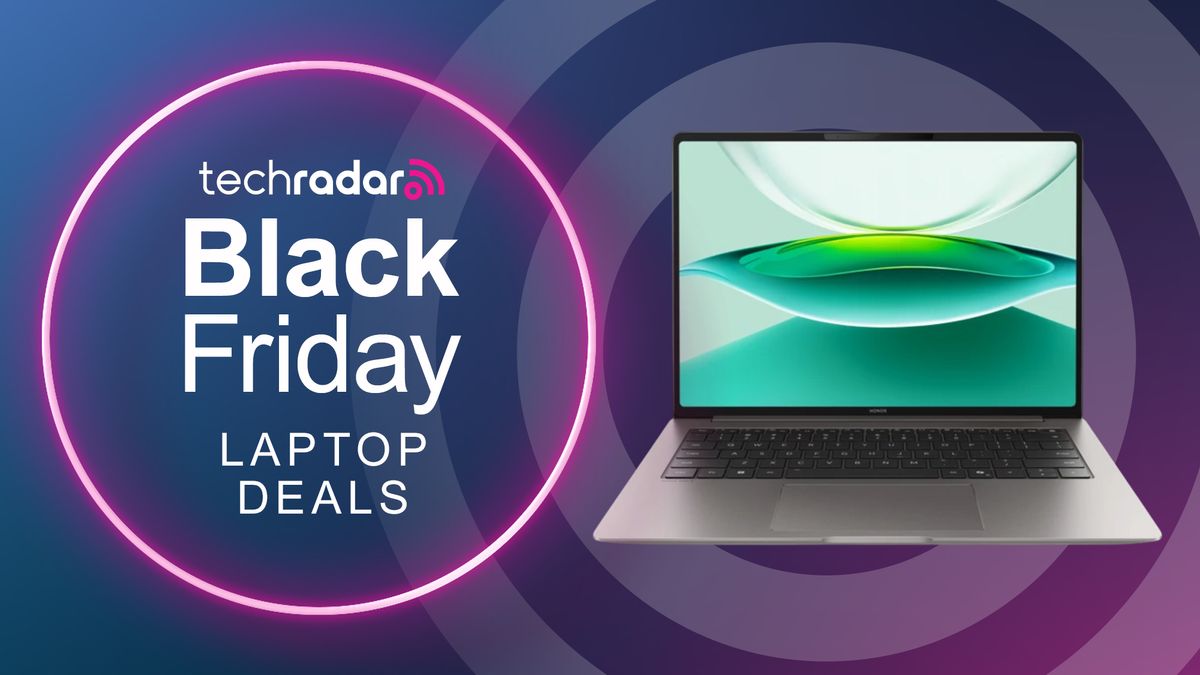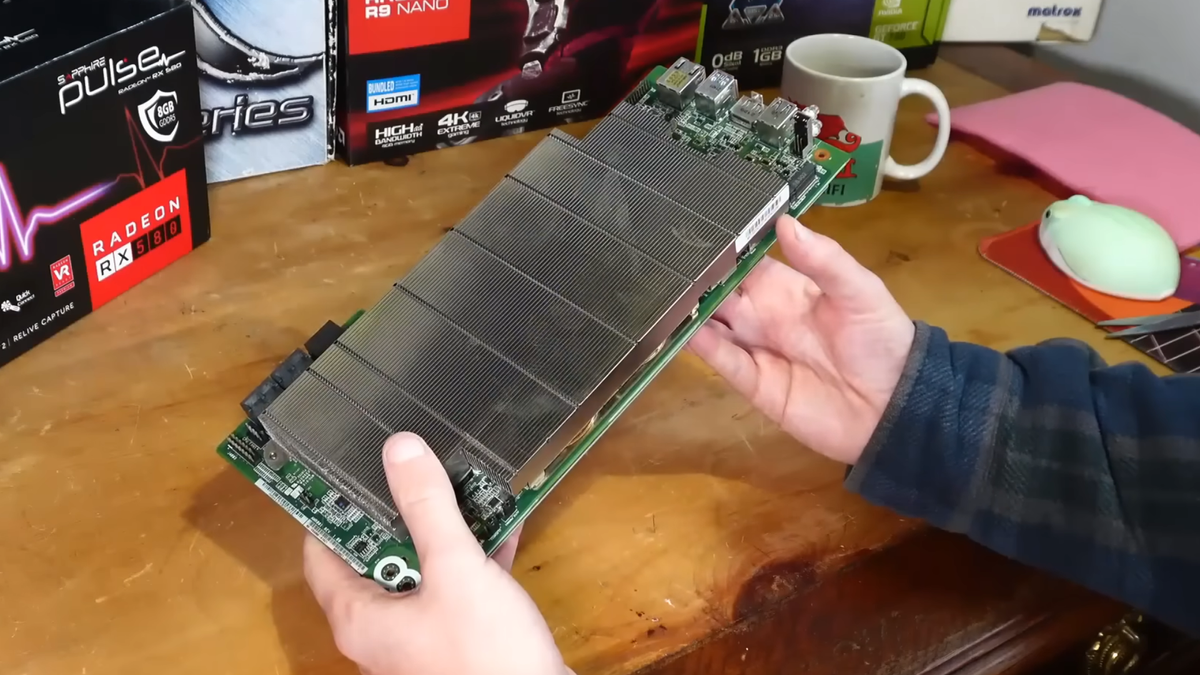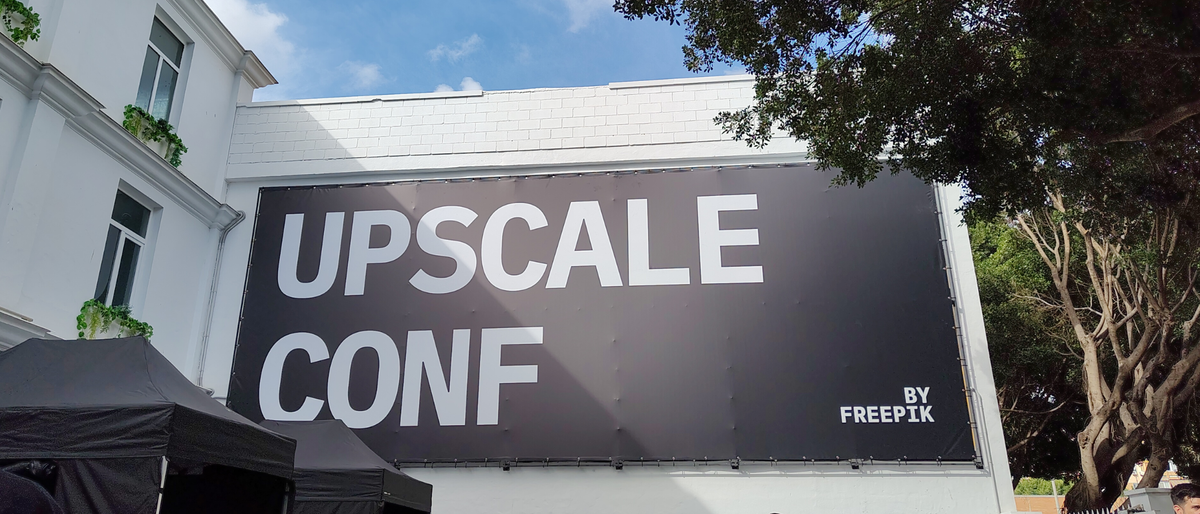
ZDNET's key takeaways
- The Google Pixel 9a is the latest midrange phone from the company and retails for $499.
- It features a new Tensor G4 chip, helpful AI tools, an improved main camera, and the largest battery of any Pixel.
- You'll have to settle for some budget trade-offs, including the lack of a telephoto lens and slower charging speeds.
I'm inclined to think that the folks behind the latest Google Pixel 9a are from the future because if there's one thing that the phone gets right, it's timing.
The new Pixel 9a officially goes on sale today, and at $499, it's a stellar phone investment in today's -- and the foreseeable future's -- unpredictable economy. Of course, the recent tariff news I've been tiptoeing through has been in discussions since January.
Also: Are tariffs about to make your next iPhone way more expensive? It's complicated
But with the latest wave of announcements, it's clear that the consumer electronics market is about to go into a full-blown frenzy, as brands brace for impact, prices teeter on the edge, and shoppers rush to lock in value before the storm truly hits.
That means devices like the Pixel 9a -- ones that promise long-term benefits at a relatively affordable price -- matter more than ever. The timing alone makes the Pixel 9a one of the most significant devices of 2025, even if it wasn't meant to be when first unveiled.
Macroeconomics 101 aside, here's what you need to know about the Pixel 9a I've been driving daily for the past two weeks, including who should buy it and what makes it worth upgrading to.
I'll admit: initially, I wasn't sold on the Pixel 9a's new hardware and design. The bezels are noticeably thick by today's standards – even when compared to similarly priced devices like the $459 Nothing Phone 3a Pro and $399 Samsung Galaxy A36 5G – and removing the Pixel-famous camera bar was a choice.
The Google Pixel 9a (left) and Pixel 8a (right).
In theory, stripping down the back of the phone makes the Pixel harder to distinguish in a sea of glass sandwiches. In practice, this has two benefits: hand placement and reduced dust accumulation. While I would previously tuck my index finger underneath the camera bar to keep the phone upheld, not having the physical obstruction now means I can hold the phone much more freely.
Also: Why I bought a $5,300 Apple Mac Studio in the midst of tariffs news - and don't regret it
Why is this tech nerd geeking out about ergonomics? Because the Pixel 9a's power button is fairly high, hand placement is one aspect you don't want to limit yourself to.
That same power button prompts Gemini, which replaces Google Assistant on the Pixel 9a and can now fulfill more complex tasks, including multimodal, vision-based assistance.
Gemini Live recently received an update that lets the AI pull in context from the phone's camera. Just point and ask.
If there's one thing we can all agree on, it's that Pixel phones are notorious for collecting dust between the crevices of the camera bar. This is especially true if you have a case equipped, which further traps debris and particles near the camera bar.
The Pixel 9a has none of those problems, maintaining a clean aesthetic after two weeks of going in and out of jean pockets, my backpack, and a gadget-filled shoulder bag.
Also: The hidden Pixel camera feature that makes your photos look more vivid - how it works
I'm also a fan of the brighter display, which now ramps up to 2,700 nits of peak brightness versus the Pixel 8a's 2,000 nits. The improved luminance was noticeable when I put the two Pixel phones through my infamous torture test -- AKA reading text-heavy webpages from the window seat of a bridge-crossing commuter bus. Very scientific, I know.
But most end consumers will appreciate the practicality of such upgrades, and the Pixel 9a delivers when it comes to consuming content under the springtime sun.
The day-to-day benefits extend to the processing power of the Pixel 9a, which features the same Tensor G4 chipset as the other Pixel 9 series models, including the $1,099 Pixel 9 Pro XL and $1,799 Pixel 9 Pro Fold. Paired with 8GB of RAM, today's minimum amount of memory to run hybrid AI features, you're looking at a phone that handles most tasks gracefully.
Google says switching to the Tensor G4 chip yields a 30% speed bump in web browsing over last year's Tensor G3, and I believe it. With the Pixel 9a and Pixel 8a in hand (and on the same Wi-Fi network), the former loaded up the various image carousels, web links, and the story river on ZDNET's homepage a few seconds faster. Save a few seconds here and there, and you're looking at an accumulatively snappier browsing experience.
The big question is how the Tensor G4 holds up over time. By that, I mean cellular performance, power efficiency, and memory management after 1-2 years, as those have all been issues raised by real customers. In Google's defense, the company doesn't necessarily market its devices as multitasking powerhouses or ones that can spell the end of gaming consoles. Regardless, I'll be keeping tabs.
Also: This unique Android phone is a solid alternative to the flagships - especially at this price
I'm more hopeful about the Pixel 9a's future because of its battery and endurance. Unsurprisingly, this is one of the longest-lasting Pixel phones I've tested, with a 5,100mAh capacity that sets a new record for Google.
The 2-3 extra hours I've squeezed out of the Pixel 9a compared to the Pixel 8a (4,492mAh) have been admirable, especially with my camera-heavy workflow. In fact, my battery tests -- which consist of 45 minutes of continuous usage, from browsing social media feeds to streaming videos to making calls -- put the Pixel 9a in pole position above the Pixel 9 Pro XL. Now, if only Google could improve the wired charging speed from the sluggish 23W rating. Give me 65W! 45W! I'll even take 30W.
(While I'm here: the flush camera design of the Pixel 9a also makes it much more compatible with various wireless charging docks.)
Oddly, the Pixel 8a (left) has a smaller punch hole design on the front than the Pixel 9a (right) - even though the camera sensors are the same.
On paper, the new 48-megapixel primary camera on the Pixel 9a looks like a downgrade from last year's 64MP shooter, but the larger image sensor on the former does make a difference.
Also: Google just gave the Pixel Watch its most important update yet - how US users can opt in
I mostly noticed the performance gap when evaluating night-time photos and in environments with less-than-usual lighting. Pinching into photos shows the Pixel 9a capturing more detail and vividness, naturally resulting in better contrast and color accuracy. The Pixel 9a also nails skin tones, which can be very difficult when your environment's color temperature (read: leaning more orange or blue) is off.
What left me wanting more was the zoom capabilities, as I felt the lack of a dedicated telephoto lens when I recently attended a New York Knicks game and couldn't grab a quality shot of the tip-off with the 8x (max) optical zoom -- even though I sat just a few sections away from the court. (A more distant shot of the full arena, taken with the 13MP ultrawide and pictured above, looked fantastic.)
Similar emotions were felt when I tried to capture the unshakable aura of turkeys crossing a street on Staten Island. The curiosity killed me, and one step closer meant the birds bolting away.
ZDNET's buying advice
Money is a sensitive topic now more than ever, so here's my buying advice after testing the Google Pixel 9a and every other A-series device since 2019.
This is the most well-rounded phone you can buy for under $500, and the intrinsic value that comes with it -- the seven years of software support, the various AI features that have trickled down from more premium Pixel phones, etc. -- makes it a more reasonable choice than its flashier competitors.
Whether you value a good display, reliable battery life, or a camera that gets the shots you want (just don't be too ambitious), the Pixel 9a will serve you well. It's one of the few best Android phones I'd recommend for its listing price and more so if there's a carrier deal that fits your plan.
Also: Here's how you can get a Google Pixel 9 and Pixel Buds A-Series bundle for free at T-Mobile
But should you buy one if you're using a 1-2 year-old handset? Probably not. Instead, I suggest waiting for the next big sales event, as the $799 Pixel 9 will likely fall within a similar price range -- again.
If you can wait it out, the Pixel 9, for around $50-$100 more, is the better smartphone deal, and it's a device we consider the best option for most consumers right now, including power users and business professionals. Regardless, your options in the midrange market are promising right now, and the timing couldn't be better.
ZDNET's review team spends upwards of a year testing the ins and outs of every major phone release, evaluating the day-to-day performance, camera quality, battery life and endurance, and special features. Here's a breakdown of every factor we consider before we make recommendations:
- Design and ergonomics: How good a phone looks and feels plays a big role in many users' buying journeys, so we consider these aspects heavily when testing.
- Performance: Several factors affect a phone's performance, including LTE/5G signal, battery life, and background tasks. Therefore, we typically begin our evaluations with a fully charged handset, all background tasks closed, and as stable a mobile connection as possible.
- Camera quality: ZDNET tests phone cameras by capturing hundreds of photos and videos of various subjects and in various lighting conditions. We also compare the output to that of older models.
- Battery life and charging: It's also important for us to evaluate how long phones last under light, moderate, and heavy usage, how long they take to recharge, and how they do it (wired, wireless, or both).
- Special features: These features distinguish tested devices from a bustling smartphone market and hopefully bring added value to users, not the opposite.
- Pricing and availability: Beyond budget considerations, we also note if a phone is available in the US or only internationally.
For a more extensive breakdown, check out our comprehensive phone testing methodology page.

 7 months ago
65
7 months ago
65








 English (US) ·
English (US) ·